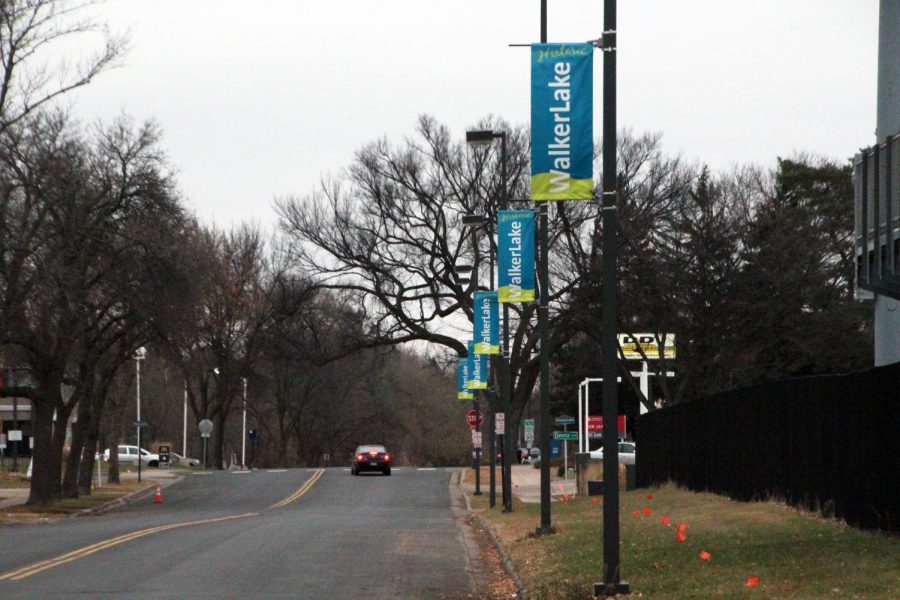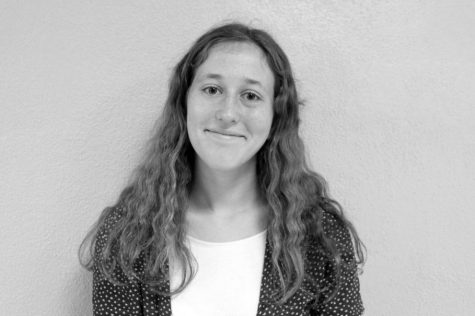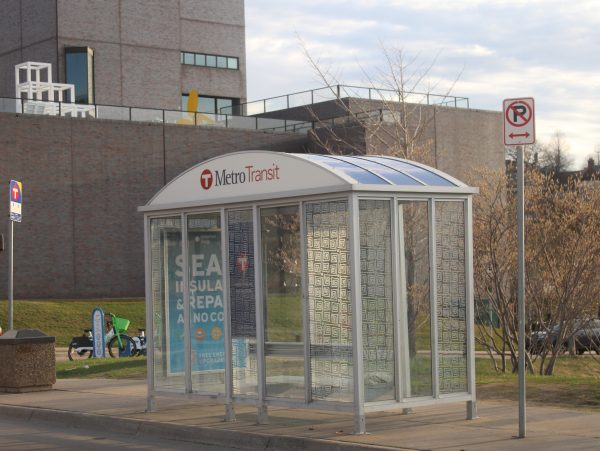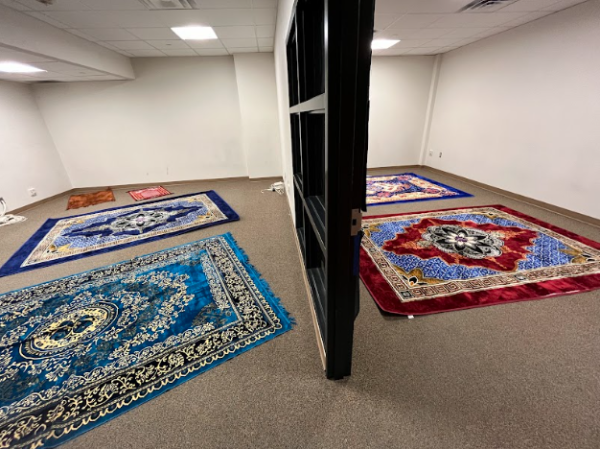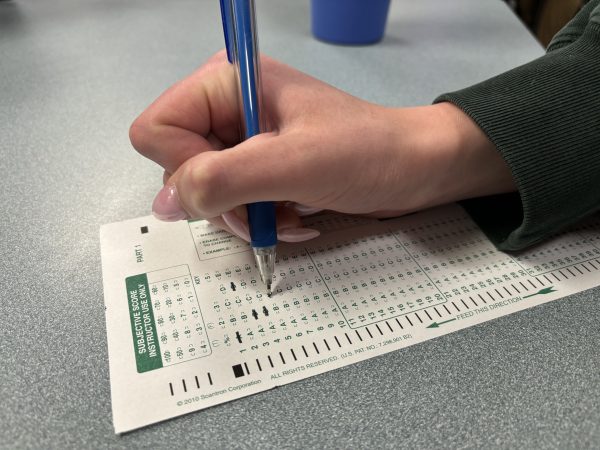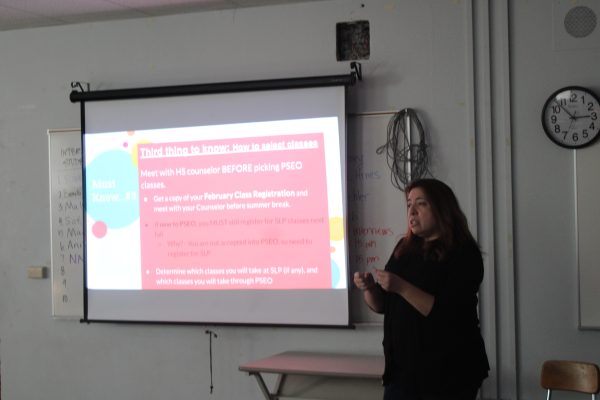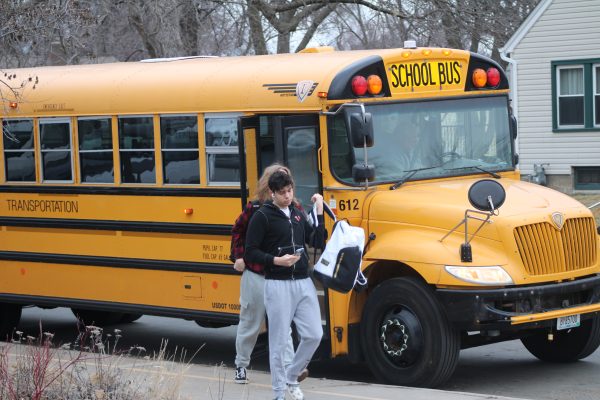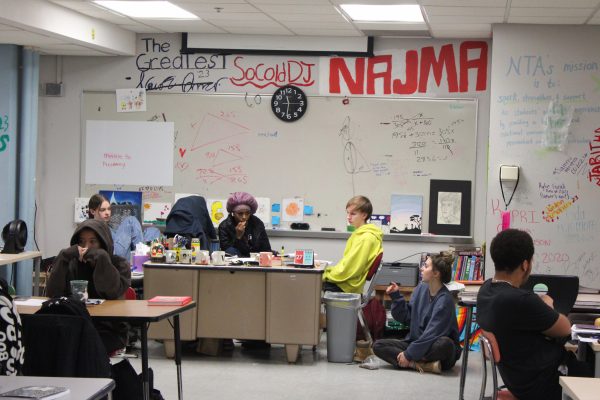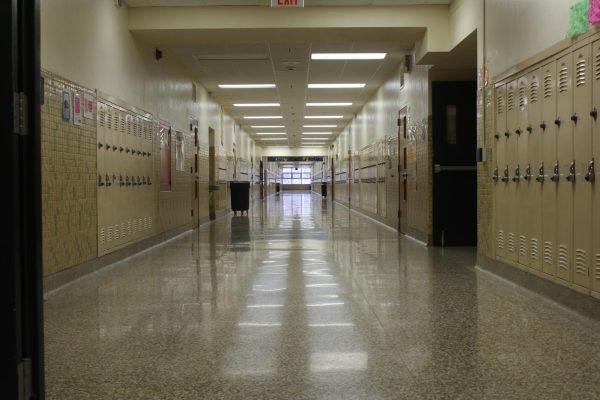Government agencies work together to ensure health and safety
City works with EPA to clean contaminated water
After investigating vinyl chloride contamination in Edina wells, the Minnesota Pollution Control Agency was able to identify an area near Walker and Lake streets in St. Louis Park as the source. The exact source responsible for the pollution has yet to be identified, according to Jacque Smith.
November 21, 2019
According to Jacque Smith, Communications and Marketing Manager for the City of St. Louis Park, the city began to work with the Environmental Protection Agency to investigate and cleanup the Highway 100 and County Road 3 Groundwater Plume site under the Superfund program.
“The goal of recommending the sites for proposed placement on the Environmental Protection Agency’s (EPA) National Priorities List (NPL) was to pursue funding and further investigation into those responsible for the contamination,” Smith said.
Smith said since 2004, the Minnesota Pollution Control Agency (MPCA) began looking for a source of vinyl chloride contamination that had been found in Edina wells.
“Since the early 2000s, the city has been working successfully with the MPCA and the EPA to ensure the safety of its drinking water and to protect residents from any adverse effects of this contamination,” Smith said. “Between 2006 and 2017, following sampling test borings as well as both deep and shallow wells, the source was traced back to an area near Walker and Lake streets in St. Louis Park.”
Junior Kate Gage said because it’s the government’s responsibility to create change, it’s important that the city is working with the EPA.
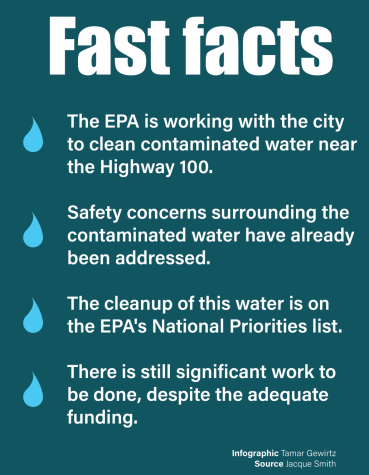 “I feel that in order to see change, it’s not up to just citizens but it’s up to the government taking action to create change along with the community learning about it and being educated in what’s happening,” Gage said.
“I feel that in order to see change, it’s not up to just citizens but it’s up to the government taking action to create change along with the community learning about it and being educated in what’s happening,” Gage said.
According to Smith, there’s a lot of work to be done despite all the funding and additional resources the city has received from the MPCA.
“The amount of resources required to identify the source area, pursue potentially responsible parties and implement a cleanup plan far surpasses the amount of resources received each year by the state’s Superfund program,” Smith said.
Smith said they will put resources into investing who is responsible for the contamination .
“If a potentially responsible party can be identified, cost recovery efforts can be pursued,” Smith said.
Junior Daniel Goldenberg said he is worried about the effect it may have on the drinking water.
“I think it is important that gets cleaned up because it could be problematic to the drinking water of St. Louis Park,” Goldenberg said.
Smith said any health concerns surrounding the drinking water have been addressed and dealt with by MPCA, EPA and cities of St. Louis Park and Edina.
“Since the early 2000s, the city has been working successfully with the MPCA and the EPA to ensure the safety of its drinking water and to protect residents from any adverse effects of this contamination,” Smith said.
Gage said she believes educating people on this new situation is important.
“Honestly, I don’t think it’ll affect just the students, I think it’ll affect Minnesotans and people living in the Twin Cities area. Figuring out how to educate the students will be most important so we know what we’ll be affected by,” Gage said.
For more information about the cleanup, visit the St. Louis Park website.



